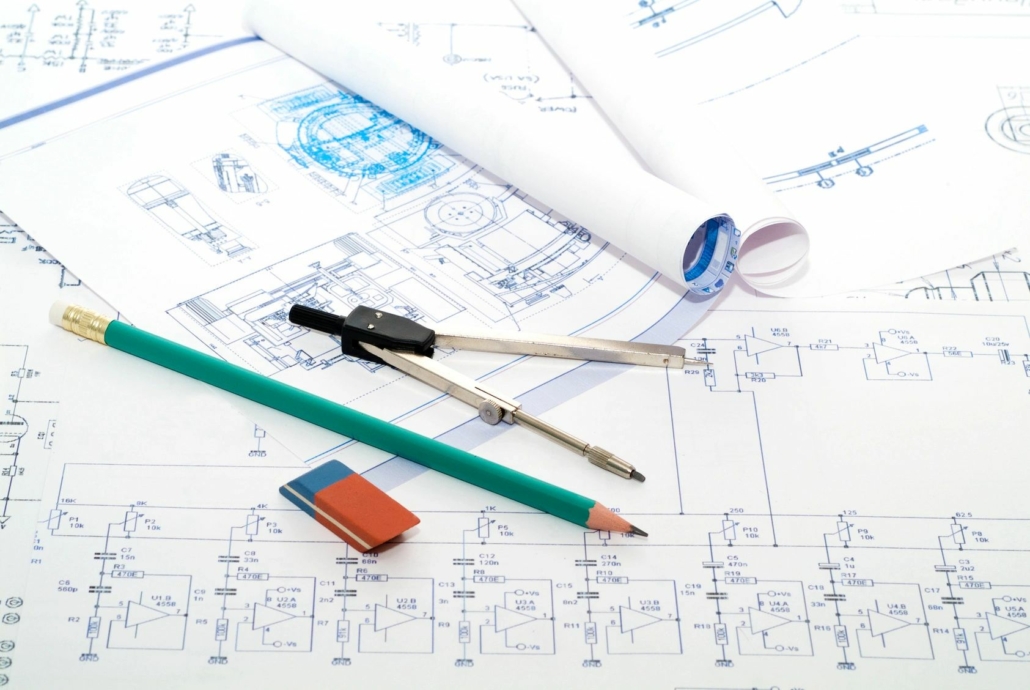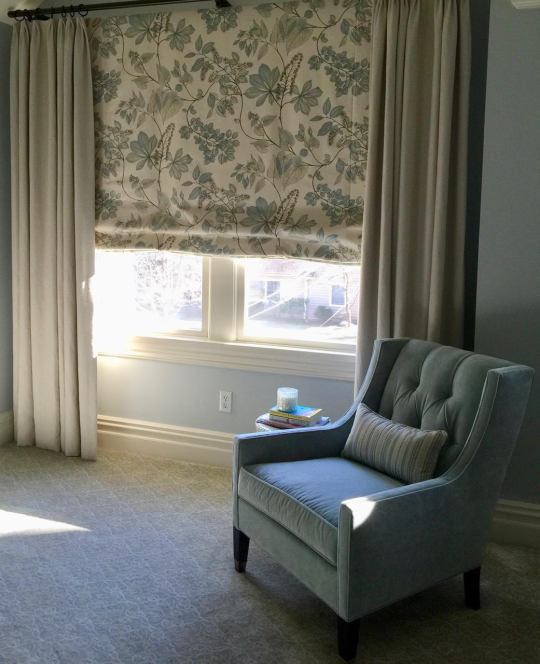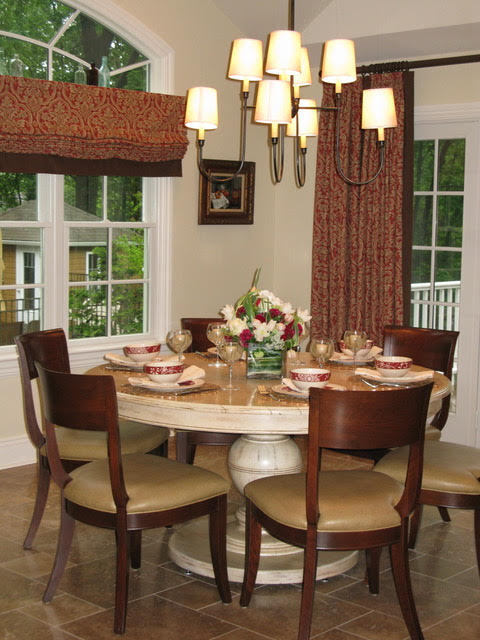June Market Inspo

Below are some of the wonderful pieces we saw at High Point Market in June. We are looking forward to going back again in October! Let us know if we can help you design that beautiful space you have been dreaming of!
The Future of Real Estate: Boomers

According to the US Census, the number of households with three generations under one roof and at least one member the age of 65 and over has grown from 1.7 million in 2006 to 3.2 million in 2016. At this month’s Business of Home Conference speakers from Curbed and Zillow, talked about how these multi-generational homes are impacting the […]
Envisioning your future

A friend recently told me the story of a woman named Rose who was a patient at the nursing home where her Dad resided. Each and every day my friend would see Rose, dressed to the nines with lipstick and hair styled – position her wheelchair by the front door…waiting for someone to take her […]
5 ways to adapt basic blueprints to Livable Design

Are you thinking of building a second home? Not just another home but one with subtle nuances that will accommodate your family into the future? We call adding these inconspicuous refinements “livable design details”. Proactive design that enhances and welcomes every generation. A “simple” first step is to find a house plan (or blueprints) that […]
Gravitating to Sunlight

I can sometimes tolerate a room without windows on a dreary day but on a sunny day… it’s unbearable! People tend to gravitate to the areas of their homes that provide them with the most sunlight and the best views. Why? Because research repeatedly proves that natural light is healing. Stress levels decrease and mental energy is replenished in spaces that […]
Lighting in layers

A recent statistic stated that the highest population of baby boomers live in Califorina. It should really comes as no surprise. As we age, we naturally yearn for more natural sunlight…simply stated because it makes us feel better. So, if you don’t live on the West Coast, here are a few easy tips […]
